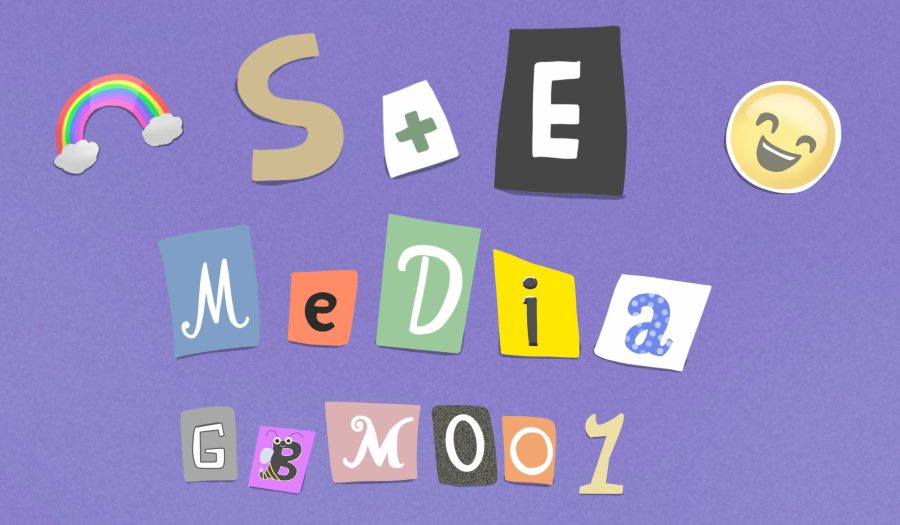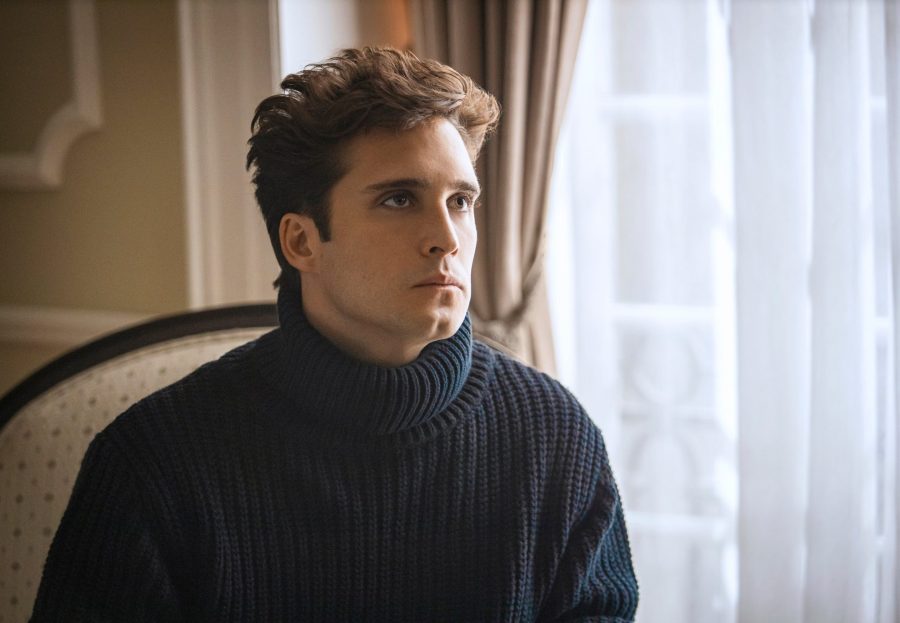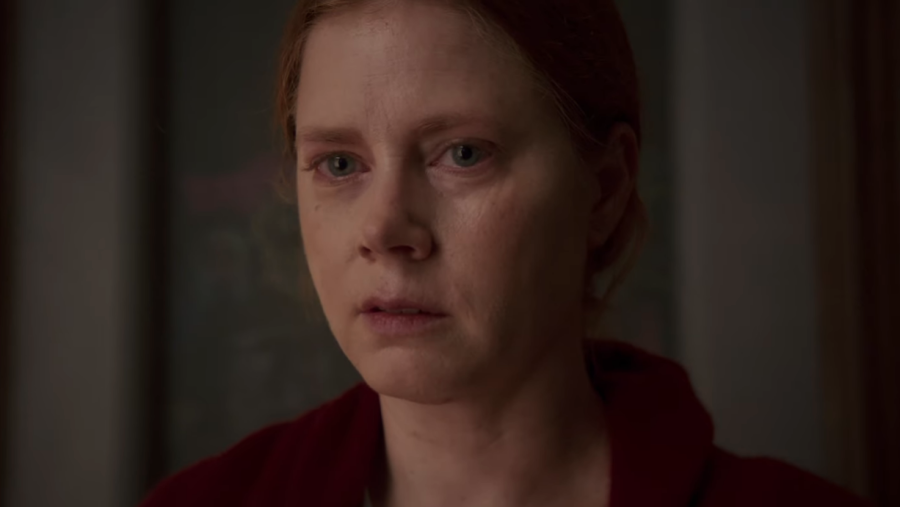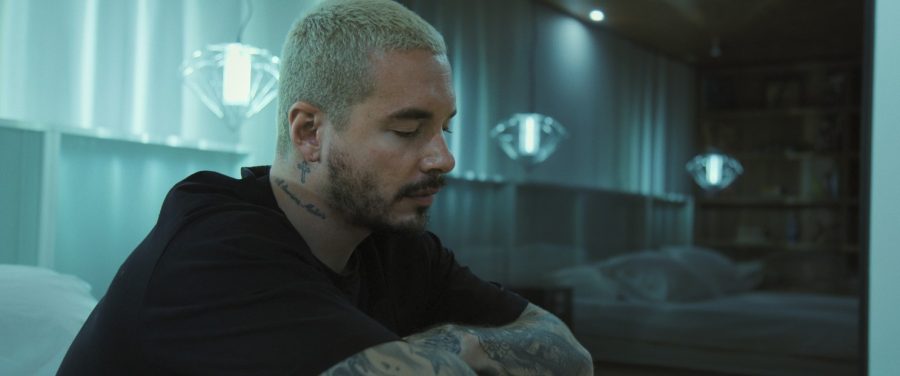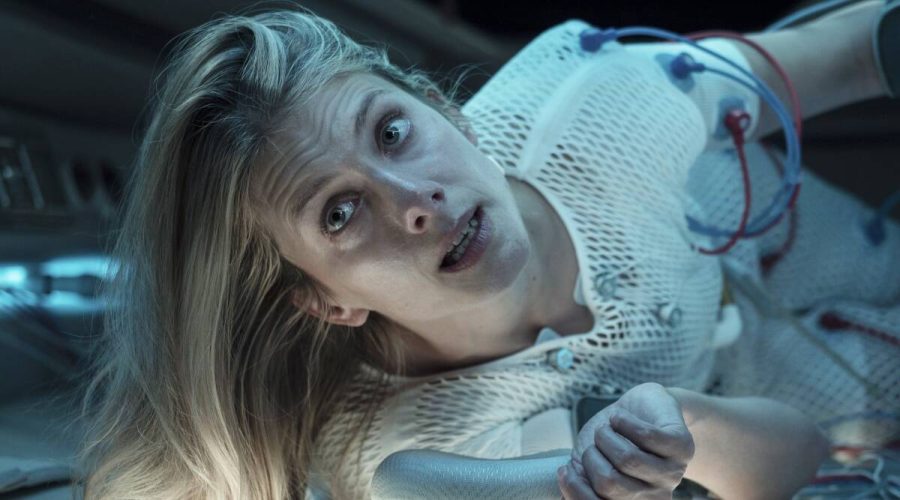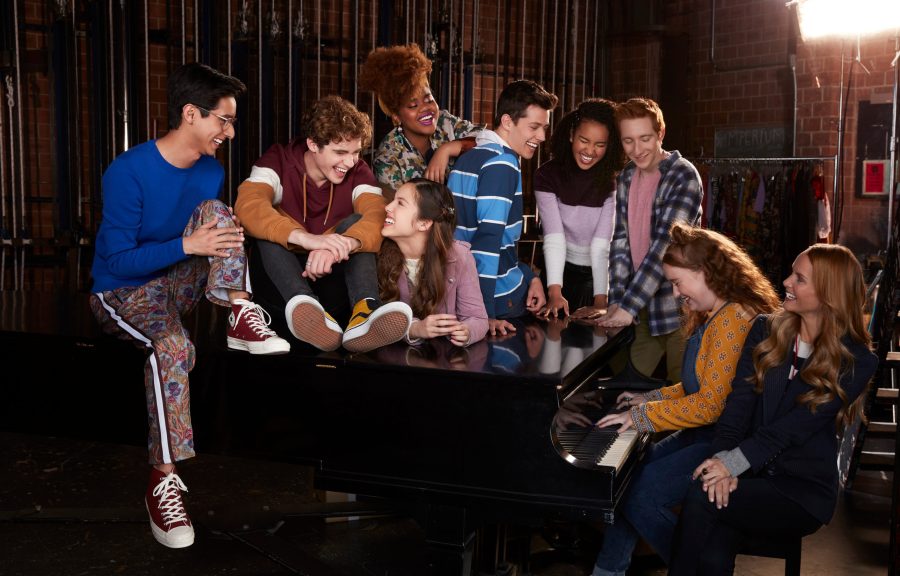The UCSD Guardian sat down with Thurgood Marshall College transfer student Amanda Cataroja to discuss her experiences and aspirations as a media major and student filmmaker.
Guardian: Why did you decide to study media at UC San Diego?
Amanda Cataroja: I decided to study media here because I really like that the program is diverse. Not only is it film and media, you also get to do fine art as well, which I really like because I also do illustration and painting along with animation and film.
G: Your short films cover a very wide field, ranging from the surreal to an almost documentarian feel — which method is your preferred filming style?
AC: That’s a tough one. I guess I can say that I do prefer the more satirical, lighthearted works, even though my fourth film was very kind of dark humor, it still had a sense of humor in there. I always incorporate some sort of humorous aspect, be it visual or script-writing wise.
G: Why do you feel the need to include humor?
AC: I feel that humor is one of the most accessible ways to convey some sort of message, or to convey some sort of critique. Especially even if it was with a harsh subject. For example, my fourth film was called “My Ass is Bleeding 2,” and at the end of it there was a message about the issues with healthcare in the United States, which is a really hard topic to discuss … I always thought that conveying some sort of message in regards to social issues, to political issues, to things that affect people’s lives — the best way to have that transferred out is through humor. People pay attention to that … when there’s a sense of humor involved, they remember it.
G: Do you want to elaborate on any overarching themes or messages in your works?
AC: My work is usually satirical … I tend to do a lot of works that involve not necessarily full-blown political issues but things that just affect people socially. So that one was on healthcare, my other one was a small one on people gossiping and being mean and deriving pleasure from people’s misfortune. … Then my cartoons, that has a lot of gay themes, and it approaches queer issues through a lighthearted cartoon way.
G: What does the directing and filming process look like for you?
AC: It’s very structured, actually. I’m a very structured artist; I usually start off by writing a bunch of notes. … Then, if I have another film that’s inspiring me in mind, I will sit down and watch that film and analyze how it’s shot, how it’s written, how its script functions within the film, and incorporate that into my later works. After that I write the script, which depending on how much I don’t have writer’s block, I’ll either knock it out fast or knock it out in a long time. Afterward, I’ll start talking about it with my friends — my friends are usually the people who are featured in my works — and I start a plan, and then we start shooting. On set all the shots are planned, I always set up the audio and the lights. It’s just very structured. I work on strict deadlines and schedules.
G: You mentioned your friends, so how collaborative is your work? Is it more of an independent process or is it actively involving a lot of different actors and friends from your community?
AC: It is very collaborative, actually. It’s surprising because I always joke that I’m a control freak with my work, but in fact, no, I actually very much welcome collaboration. I guess my idea is the main one, so that’s usually spearheaded, but if a friend or somebody who I’m working with suggests a wonderful idea that I just cannot ignore, I will always incorporate it. I love when people come up with wonderful ideas because they get really into it. It’s just a wonderful process. I love this collective of great ideas just coming into fruition in one art piece.
G: Can you describe the student community within the media department?
AC: I will admit I can’t really discuss a lot because I’m so new here … but I will say that everyone is so motivated with the media major … everyone is so passionate about their work. Everyone is just so open to sharing ideas and the one thing I do like is that when is comes to technical stuff since the media major is definitely much more conceptual, a lot of students are willing to share their techniques in regard to filming things technically, and I find that very wonderful. And we have a lot of wonderful and interesting perspectives and ideas coming along; I’ll see pieces that are feminist works, I see pieces that deal with the experience of being an international student, and then I’ve seen some really funny ones … I just see a lot of interesting work, and I really like that everyone is just so passionate about what they do. You can just feel it.
G: Based off of your experiences so far as a transfer student, how do you feel like the visual arts and media center is different at UC San Diego versus the university as a whole? We are largely STEM and research based, so where do you feel that the niche is with media and visual arts?
AC: Well the one thing I will say is that the media majors — it’s so small, I’m starting to realize this already — we know each other like vampires. We’re just this small collective of artists, and I find that really interesting. I will admit because I’m usually in Mandeville or the Media and Communications building, I haven’t really run into a lot of STEM majors, it’s almost like a microcosm … Everyone’s so motivated; we kind of all know each other. I think that’s interesting that UCSD is primarily known for STEM, when in reality we have such a rich art history department … I do feel that this art department is fantastic … I do wish that more people knew about it. I feel like it’s kind of like a secret gem that we have out here. … The one thing that’s really nice about our art program here, and why I was very interested in them, is that it’s interdisciplinary. All of the art departments talk to each other, it’s not just singled out like with some universities … which I find wonderful because, as an interdisciplinary artist, that really is beneficial to my growth and my education.
G: I couldn’t help but notice there are a couple of your paintings in the backgrounds of some of the clips you sent me — how much do you combine your visual arts with your more filmmaking style?
AC: They almost go hand in hand. The one thing I did forgot to mention … when it comes to prepping for film work — I do a lot of storyboards. In fact, I make animatics of my films before I actually start shooting if time permits me. … The thing that’s interesting is with the visual arts and fine art in my paintings and illustrations, it’s just stationary, it’s still. Whereas when I see film, it’s kind of like a movement version of that; people acting out your drawings. … Sometimes, because I tend to paint colorful works, and I have colorful videos, I incorporate some of my paintings in there if they match the color scheme. … I think there’s a strong connection between drawing and painting and film and cartoon — they’re all a visual medium.
G: What do you consider your style of painting to be? Or does it vary from topic to topic?
AC: Probably satirical pop art. The one thing that is consistent throughout all my work is there’s always a sense of humor. There’s always satirical work. … I do a lot of satirical pop art; I painted Pepe before he became racist, which is a shame because that was such a good meme. It’s just kind of reflections of things that are popular, and then with just a slight little humorous touch.
G: Do you base your commentary off of what you feel is most relevant or do you have any main sources of inspiration?
AC: I would say that’s a combination of both. Relevancy is probably a big one for me, when I was working on “My Ass is Bleeding 2” there was a healthcare commentary, and I was doing that during the time there was a lot of discourse was going on the Affordable Care Act and a lot of the backlash that it was getting. It just so happens that at the time that started coming up, and when I released it into film festivals, that was a main commentary so it did well with the film festivals because it was just so prevalent. When I was working on paintings, like when I did that Pepe painting … Pepe was the biggest meme. And I thought, “Oh, let’s do a little homage to this,” I thought it’d be funny because everyone sees Pepe, so I was thinking, “What if I made him fine art?” Like museum fine art, like perfectly blended, proportions are right but still looks like Pepe, so I did that one. … Now another thing, just outside, inspiration-wise, I’d be inspired by a lot of movies and cartoons. When I was doing “Spilling Tea” … I was inspired by “Clueless,” “Mean Girls,” and Frank Zappa’s “Valley Girl” … I get inspiration from everywhere. My joke is that I steal from everyone and everything as an artist.
G: You mentioned film festivals, can you elaborate more on that? What are you doing to make yourself known?
AC: I have a Facebook page, “House 27,” that’s my movie company at [this] time. Hopefully it’ll become real in the future, and what I do is: I have a FilmFreeway account, I upload my videos onto FilmFreeway, and I distribute my film to the festivals I feel would fit my movie. I’ve submitted to this place called Bad Film Fest I’ve submitted to Whoops Film Festival, I’ve submitted to a bunch of the alternative, underground film festivals. And it’s just all viral, you share it, and then you have to wait for a long time to find out whether your work is accepted or not accepted. I was accepted to several film festivals, and through that they used a lot of my work for promotional stuff, so I would kind of just share it online. … Everything’s online now.
G: Do you feel that it’s kind of difficult being so young and trying to become known, or do you feel like that your classes and just being tuned into the internet has allowed you to share your work?
AC: I will admit the internet has made things a lot easier for not only just me, but artists in general. I would not know how to submit my work to film festivals had there not been some sort of online source, or say if this were the ‘90s, I would not know where to start … With FilmFreeway and other platforms like it, they’ve made it a lot more accessible, and I really feel that it’s helped a lot. The one thing I guess is hard promotion-wise is — you know I have outside obligations, trying to pursue my education and get my degree. That’s not a bad hindrance, it’s just priorities of course. So I would just say I support the internet all the way through. It does have its problems, I will admit that film festivals online tend to be scams. … I think another thing that I personally struggle with is to properly promote yourself on the internet; you have to be on the internet all the time. … I would have never been able to have the opportunities I’ve had, I never would have been able to send my work out to all of these festivals, across the nation — I never would have done that, I would have been strictly California.
G: Do you have any final comments, suggestions, or information for fellow media students or people interested in the arts department at UC San Diego at all?
For the arts department, the most cliche one is — don’t ever be discouraged. Don’t ever be discouraged, don’t ever feel like you have to pursue something else for income, for pleasing your parents, and what-not. Cause there are a lot of opportunities for art. … Another thing I would say is don’t let fear dictate your path in regard to art-making. Art-making is always going to be a frustrating process. … There’s never an easy way to get from your sketch to a final piece. Just keep on going, and practice makes perfect.
In the future, Amanda hopes to make feature length films and have an animated series. For those interested in learning more about her work, please visit her Facebook page, “House 27.”
This interview has been edited and condensed for clarity.









